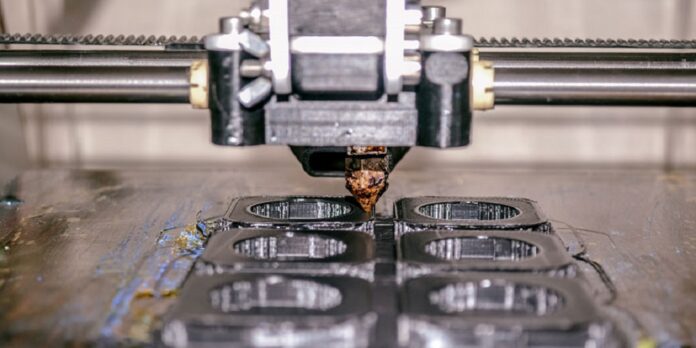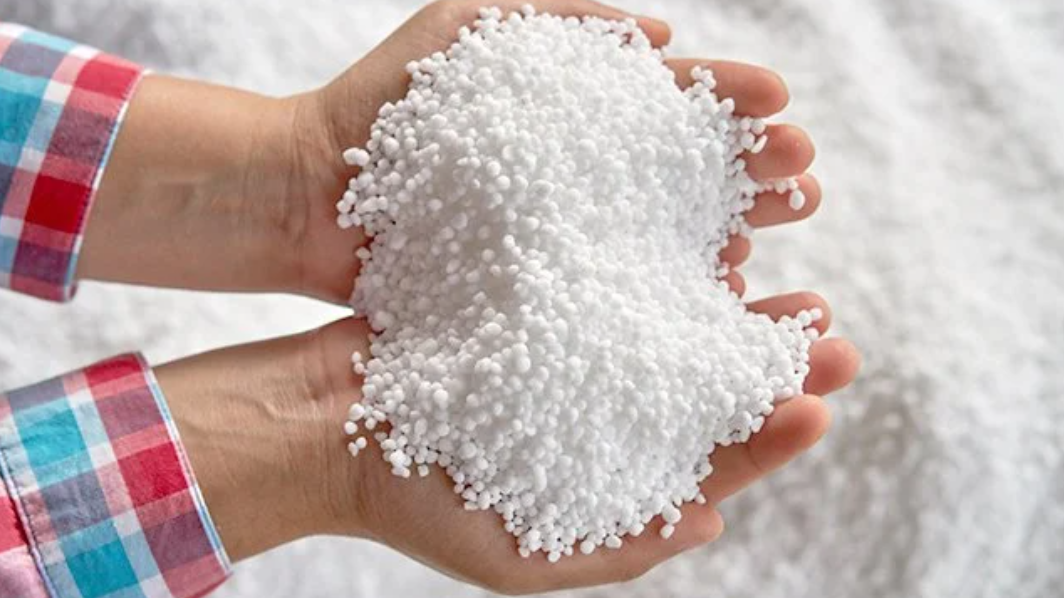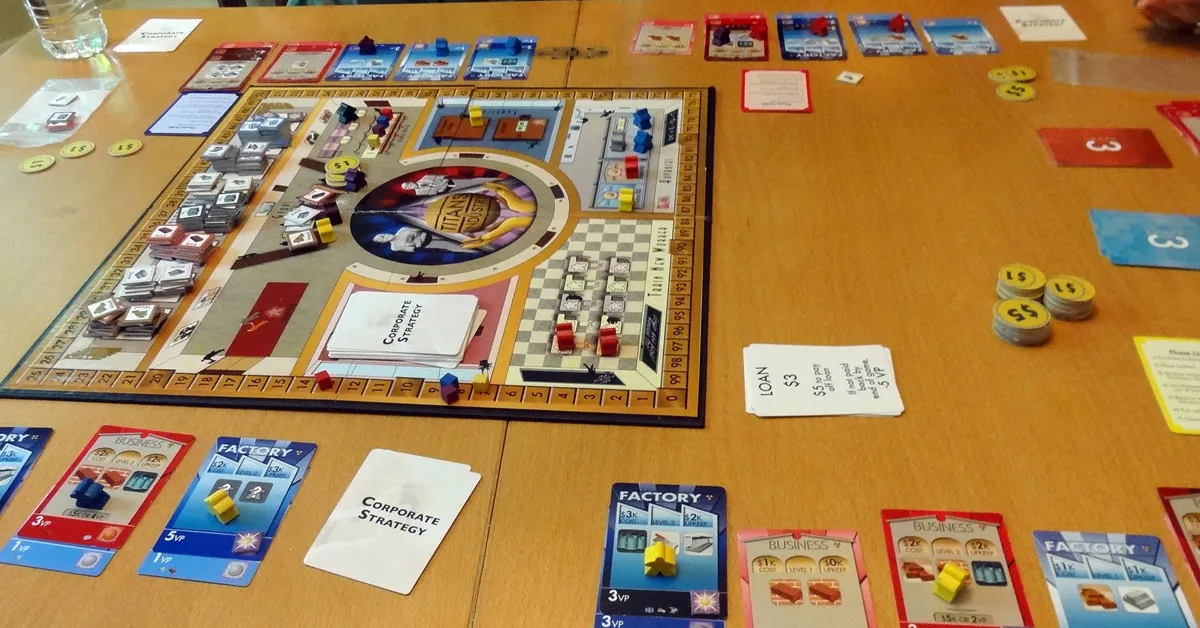Prototyping for robotics is a crucial step in the creation of new products. Before devoting a considerable amount of time and resources to production, it enables designers and engineers to swiftly test and enhance ideas. Many rapid prototyping techniques are now available for robotics prototyping thanks to the development of new technology. The application of rapid prototyping has revolutionized the way designers and engineers create and test their product designs. In this article, you’ll look at a few of the most popular quick prototyping methods utilized in robotics prototyping.
Rapid prototyping
Using CAD (computer-aided design) data, rapid prototyping is the swift producing a physical model of a product or part. This method is frequently employed to demonstrate a product idea, validate a design iteration, or test a design concept. Rapid prototyping builds a physical model layer by layer using additive manufacturing techniques like 3D printing, Fused Deposition Modeling (FDM), or Stereolithography (SLA).
CNC machining
CNC (Computer Numerical Control) machining uses computer-controlled tools to remove material from a solid block to create a part. This technique is used for high-precision parts with complex geometries that cannot be easily achieved with additive manufacturing techniques. CNC machining can be used for both prototyping and production of robotics parts.
3D printing
3D printing is a popular rapid prototyping technique that has recently gained widespread popularity. It uses an additive manufacturing process to create parts layer by layer from digital designs. 3D printing is a cost-effective and time-efficient way of prototyping complex geometries and allows designers to easily change their designs. The advancements in 3D printing technologies have become a go-to solution for robotics prototyping.
Rapid sheet metal
Rapid sheet metal is quickly producing sheet metal parts through subtractive manufacturing. It is a highly precise and cost-effective way of prototyping metal parts. Rapid Sheet Metal can be used to make small or large quantities of parts quickly and efficiently. This process is useful for prototyping sheet metal enclosures, brackets, and other metal parts commonly used in robotics.
Low volume manufacturing
Low-volume manufacturing creates small parts for prototyping or low-volume production runs. This technique can be used for both plastic and metal parts and is a cost-effective way to produce parts in small quantities. Low-volume manufacturing is often used for robotics prototyping when parts must be tested and refined before committing to high-volume production.
Reaction injection molding
Reaction injection molding (RIM) is a technique that uses liquid materials to create parts by injecting them into a mold. RIM can produce large parts with complex geometries that are difficult to produce with other rapid prototyping techniques. RIM is a cost-effective way of prototyping large parts in small quantities, making it ideal for robotics prototyping.
Conclusion
Rapid prototyping techniques have revolutionized the robotics prototyping industry. With the ability to quickly produce parts and test designs, designers and engineers can iterate and refine their designs before committing to high-volume production. With the advancements in additive manufacturing, CNC machining, and low-volume manufacturing, robotics prototyping has become a more accessible and cost-effective for designers and engineers. Rapid prototyping techniques will play a critical role in the development process as robotics technology advances.









